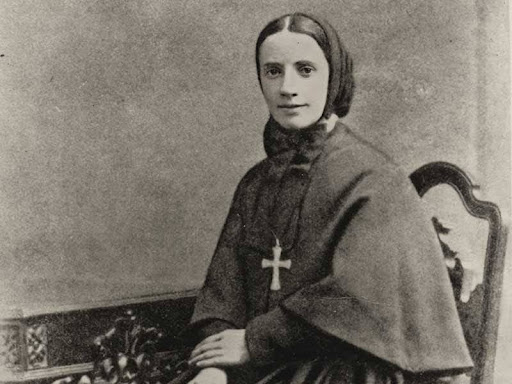Quarantined Easter in Retrospect
In retrospect, Easter this year was… weird, strange – I’m struggling to find a word to describe it. “Off-putting” seems to fit well. For the first time in our lifetime, it was impossible to attend Mass on Palm Sunday during the Triduum and on Easter Sunday. Holy Week is the climax of the liturgical year in the Catholic Church, following the Passion, death, and Resurrection of Jesus Christ. For this reason, not being able to fully participate in the Mass or other traditions that accompany Holy Week was troublesome to Christians. People had to find alternative ways to celebrate this special time of year.
Holy Week begins on the Sunday immediately preceding Easter with Palm Sunday. Palm Sunday commemorates Jesus’ journey into Jerusalem where he was greeted by crowds who placed palm branches at his feet. Traditionally, when one attends Mass on Palm Sunday, one receives a palm specially blessed by the priest at the church. These palms serve as a reminder of what is to come and are an aid in sensing a closeness to Jesus at this time because of a tangible reminder in the hands. However, this year no Catholics could receive palms. There were no palms when we were watching Mass from our living room. It was definitely a strange beginning to Holy Week. It really made me realize how strange the coming experience would be.
The next part of Holy Week is the Triduum. The Triduum is Holy Thursday which commemorates the Institution of the Eucharist and the priesthood, along with the Agony in the Garden. The Triduum continues with Good Friday, the day of Jesus’ Passion and death, and it ends with Holy Saturday, the day when Jesus lay in the tomb. Traditionally, Holy Thursday is celebrated with an evening Mass which has certain rituals and traditions. The celebrant of the Mass washes the feet of twelve people in attendance, just as Jesus did for his twelve apostles. Afterward, the consecrated host is displayed at an altar of repose, and Eucharistic Adoration takes place all night. Some people, my family included, then take part in the “seven Churches” tradition. This means that we visit seven different churches that night and spend time in prayer in the presence of the Eucharist – the origin of which seems to come from Italy. The point of this practice is to “stay awake” with Jesus during his time of agony, a feat that his apostles could not accomplish. Obviously, though, none of that could happen this year. Yes, Mass was celebrated, and we could participate over livestream, but because of the recent restrictions, the washing of the feet was omitted. Because the washing is such a significant part of that Mass, viewers might have left that something was missing from their on-screen Mass.
Although no Mass is celebrated on Good Friday, prayer services are held nonetheless. At three o’clock (the time of the death of Jesus), my family tuned into our parish’s live stream to participate in the service to our fullest capacity. The most significant difference was that there was no Veneration of the Cross. The Veneration of the Cross is a practice in which one by one, members of the congregation approach a crucifix or cross and kiss it. It’s a moving moment during the Triduum because one is given the opportunity to adore Jesus and thank him for his sacrifice. Although this could not happen in churches this year, my family and others I have heard from got a crucifix from their own home and venerated it in their living room during the service. This was one way in which we were able to maintain normality during this time. Another practice that helped maintain normality was fasting. On Good Friday, abstinence from meat is required for Catholics of age fourteen and older, and fasting is required of those between the ages of eighteen and fifty nine. Fasting and offering up my hunger helped keep me focused on the importance of the day and the meaning of Good Friday.
And finally, Easter Sunday arrived. Normally, my younger siblings wake us all up at the crack of dawn to see what the Easter Bunny brought them, and then after breakfast, everyone rushes to get ready in their Easter best so my family can get to the church before all the pews fill up. The altar is always covered in beautiful spring flowers, and the choir sings beautiful and triumphant hymns. However, this year was quite different. While my younger siblings did wake us up far too early, there was none of the Easter morning rush. At ten o’ clock, my family gathered in our living room and watched Easter Mass through a livestream. We did put on our regular church clothes, and my dad sported his suit and tie, but that doesn’t suffice for the fact that we were sitting on our couch and not in the pews. Easter is usually a time for joyous celebration, rousing music, and powerful prayer, and while many tried to participate in any way they could, it just wasn’t the same. To make up for the lack of presence people experienced, many families prayed together at night; my family prayed the Rosary.
All in all, during this Easter Season, people did not let the obstacles set in front of them stop them from celebrating this most holy time of year. I am grateful that even during these times, Catholics were able to use technology to view the Mass and celebrate however they could. With our prayers and diligence, next year we will be able to fully participate in and celebrate the Resurrection of Jesus Christ.











